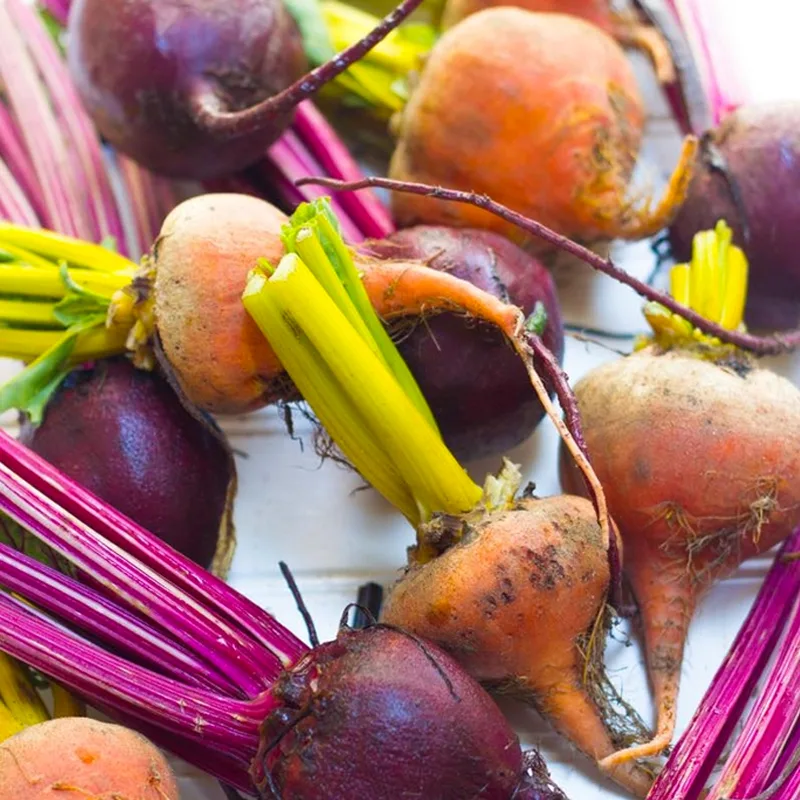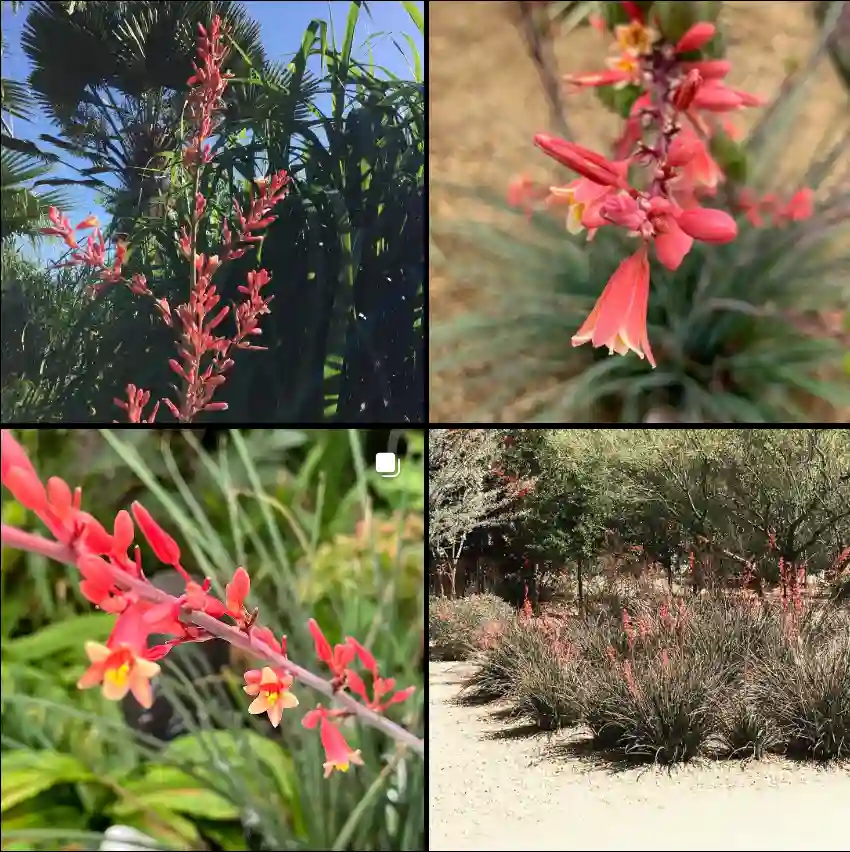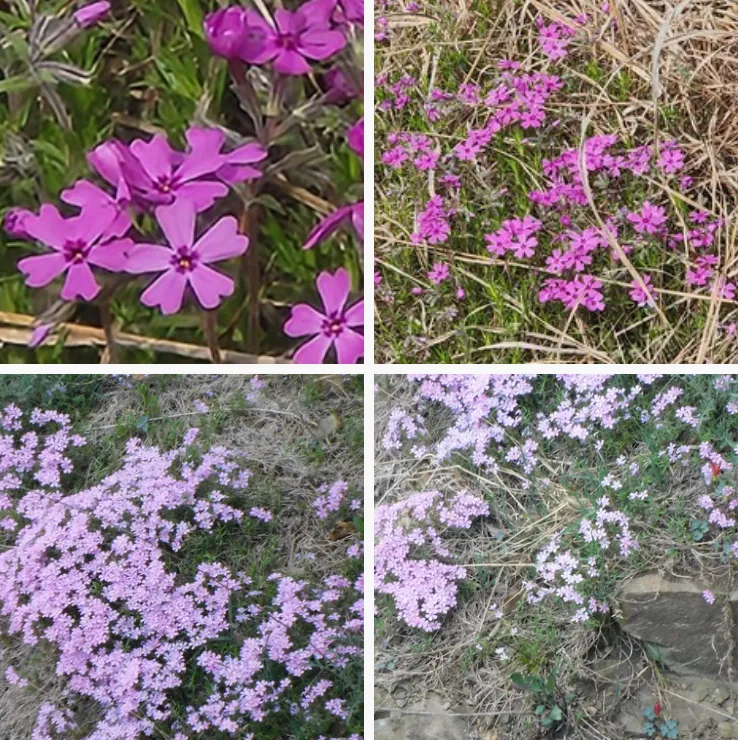FAQs About Paeonia Cambessedesii
Paeonia Cambessedesii is a beautiful, lesser-known peony that I’ve found to be both fascinating and rewarding to grow. This peony, native to the Balearic Islands, offers a unique charm that sets it apart from the more commonly grown varieties. Below, I’ll answer some of the most frequently asked questions about Paeonia Cambessedesii, sharing my personal experiences and insights.
Plant Family: Paeoniaceae – 42 Species in Genus Paeonia
What Is Paeonia Cambessedesii?
Paeonia Cambessedesii, also known as the Balearic Peony, is a herbaceous perennial that hails from the Mediterranean region. It’s a relatively rare species in cultivation, making it a special addition to any garden. This peony is prized for its glossy, deeply lobed leaves and its delicate, pink to magenta flowers that bloom in the spring. The flowers are usually cup-shaped, with a subtle, sweet fragrance that attracts pollinators like bees and butterflies.
How to Care for Paeonia Cambessedesii?
Caring for Paeonia Cambessedesii requires attention to a few specific needs, but once established, it’s a resilient plant. Here’s what I’ve learned:
- Soil Requirements: This peony thrives in well-drained, slightly alkaline soil. I’ve found that a sandy or gravelly soil mix works best. If your soil is heavy or clay-like, consider amending it with sand or grit to improve drainage.
- Sunlight: Paeonia Cambessedesii prefers full sun to partial shade. In my experience, it performs best with morning sun and some afternoon shade, especially in hotter climates. Too much direct sunlight can scorch the leaves.
- Watering: This peony is somewhat drought-tolerant once established, but it’s essential to water it regularly during its growing season. I usually water it deeply once a week, ensuring the soil remains moist but not waterlogged.
- Fertilization: I’ve had success with a balanced, slow-release fertilizer applied in early spring. Avoid over-fertilizing, as this can lead to leggy growth and fewer blooms.
- Winter Care: Paeonia Cambessedesii is hardy in USDA zones 7-9. In colder regions, it’s best to provide some winter protection, such as mulching the base of the plant to insulate the roots.
How to Propagate Paeonia Cambessedesii?
Propagating Paeonia Cambessedesii can be a bit tricky, but it’s definitely doable with some patience. The two most common methods are seed propagation and division.
- Seed Propagation: If you’re up for a challenge, growing this peony from seed is an option. The seeds need a period of cold stratification to germinate, which can take several months. I usually plant the seeds in a cold frame in the fall and let nature take its course. Germination can be slow, sometimes taking up to two years, so patience is key.
- Division: The easier method is division, but it should be done with care. I’ve found that dividing the plant in early autumn, after the foliage has died back, is best. Use a sharp, sterilized knife to divide the root clump, making sure each division has at least one or two healthy buds. Replant immediately, ensuring the buds are just below the soil surface.
What to Plant with Paeonia Cambessedesii?
Choosing the right companion plants for Paeonia Cambessedesii can enhance its beauty and ensure a thriving garden. Here are a few plants that I’ve found to pair well:
- Lavender: The silver-gray foliage of lavender complements the glossy leaves of Paeonia Cambessedesii, and both plants thrive in similar conditions.
- Sedum: Low-growing sedums add texture and color contrast without competing for nutrients, making them ideal companions.
- Grasses: Ornamental grasses, such as Blue Fescue or Feather Reed Grass, provide a soft backdrop that highlights the peony’s flowers.
How to Use Paeonia Cambessedesii in the Garden?
Paeonia Cambessedesii is a versatile plant that can be used in various ways in the garden. I’ve had great success incorporating it into both formal and informal garden settings.
- Rock Gardens: This peony’s natural habitat is rocky, well-drained areas, making it a perfect choice for rock gardens. Its compact size and attractive foliage add year-round interest.
- Borders: Paeonia Cambessedesii works well in mixed borders, especially when paired with other Mediterranean plants like rosemary or thyme.
- Containers: If you have limited garden space, this peony can be grown in containers. Just ensure the pot has excellent drainage and that you use a light, gritty soil mix.
Is Paeonia Cambessedesii Toxic?
One important aspect to consider when planting Paeonia Cambessedesii is its toxicity. Like many peonies, all parts of this plant are toxic if ingested. While it’s generally not a concern for adults, it’s something to keep in mind if you have children or pets that might be tempted to nibble on the foliage or flowers. In my garden, I’ve made sure to plant it in areas that are not easily accessible to my pets.
Common Problems and Solutions
Paeonia Cambessedesii is relatively low-maintenance, but it’s not entirely free of problems. Here are a few issues I’ve encountered and how I’ve dealt with them:
- Pests: Aphids and slugs are the most common pests that bother this peony. I usually control aphids with a strong blast of water or by introducing beneficial insects like ladybugs. For slugs, I use a natural slug repellent around the base of the plant.
- Fungal Diseases: Botrytis blight can be an issue, especially in wet weather. Good air circulation around the plant is crucial, and I remove any affected leaves immediately to prevent the spread of the fungus.
- Poor Blooming: If your Paeonia Cambessedesii isn’t blooming well, it could be due to insufficient sunlight or over-fertilization. Adjusting the plant’s location or reducing fertilizer application has helped me improve flower production.
Conclusion
Growing Paeonia Cambessedesii has been a rewarding experience for me. It’s a plant that, with a bit of care and attention, can bring unique beauty to the garden. Whether you’re a seasoned gardener or just starting, this peony is worth considering for its distinctive foliage, vibrant blooms, and adaptability to various garden settings.
If i die, water my plants!



